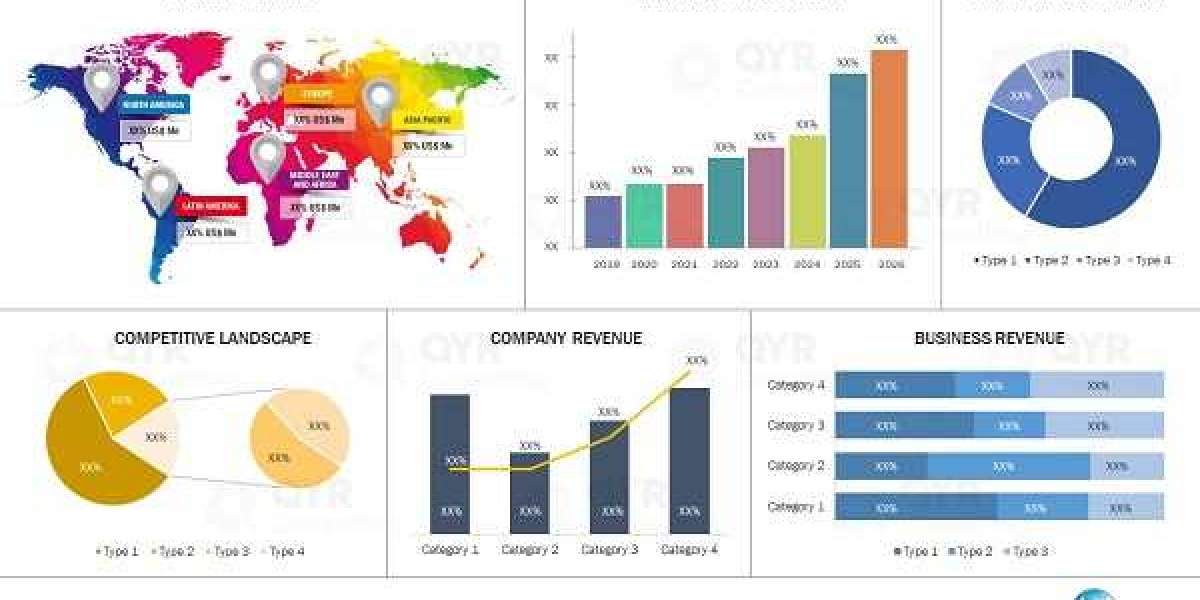The Future of Metal Processing: Versatile Automatic Metal Coil Blanking Lines
The manufacturing industry continually evolves, integrating new technologies to enhance productivity and precision. Among these advancements, versatile automatic metal coil blanking lines have emerged as a game-changer in metal processing. These cutting-edge systems bring a host of benefits to industries that rely on the accurate and efficient handling of metal coils, such as automotive, construction, and appliance manufacturing.Get more news about versatile automatic metal coil blanking line production,you can vist our website!
What is a Metal Coil Blanking Line?
A metal coil blanking line is a specialized system designed to uncoil, level, and cut metal sheets from coils into predetermined shapes and sizes. The key term, "versatile automatic," refers to the advanced capabilities of modern blanking lines to process various materials and dimensions with minimal manual intervention. These systems incorporate smart technology and automation, ensuring precise results with unparalleled efficiency.
Core Features and Benefits
Automation for Efficiency: Fully automatic blanking lines streamline the workflow, reducing the need for manual input and significantly decreasing production times. Operators can set parameters through an intuitive interface, allowing the system to handle the rest of the process autonomously.
Versatility in Material Handling: Versatile blanking lines are designed to handle a wide range of materials, including steel, aluminum, and high-strength alloys. They are adaptable to different thicknesses, widths, and lengths, making them suitable for diverse applications.
Precision and Quality: With integrated leveling systems, these lines eliminate irregularities in the metal sheets, ensuring a smooth and flat surface. Advanced cutting technologies guarantee clean, accurate edges that meet exact specifications.
Cost-Effectiveness: By automating the process and minimizing material wastage, these systems lower production costs over time. Additionally, their high speed and reliability increase output, further enhancing profitability.
Enhanced Safety: Automation reduces the physical involvement of operators, mitigating risks associated with manual handling of heavy coils and cutting tools. Many systems also include safety sensors and emergency stop functions for added protection.
Applications Across Industries
The versatility of automatic metal coil blanking lines makes them indispensable in several industries. In the automotive sector, these lines produce panels and structural components with precision. In construction, they create metal sheets for roofing, cladding, and other architectural elements. Additionally, the appliance industry relies on them for crafting parts for refrigerators, ovens, and more.
Future Trends
As technology continues to advance, the future of metal coil blanking lines looks promising. Integration with Industry 4.0 principles, such as IoT connectivity and real-time data monitoring, is becoming a standard. These innovations enable predictive maintenance, reducing downtime and enhancing operational efficiency. Moreover, the development of eco-friendly systems that minimize energy consumption aligns with global sustainability goals.
Conclusion
Versatile automatic metal coil blanking lines represent a significant leap forward in metal processing. Their combination of automation, adaptability, and precision has transformed manufacturing processes, offering businesses a competitive edge. As these systems continue to evolve, they will undoubtedly play a pivotal role in shaping the future of industrial production.











